Performances
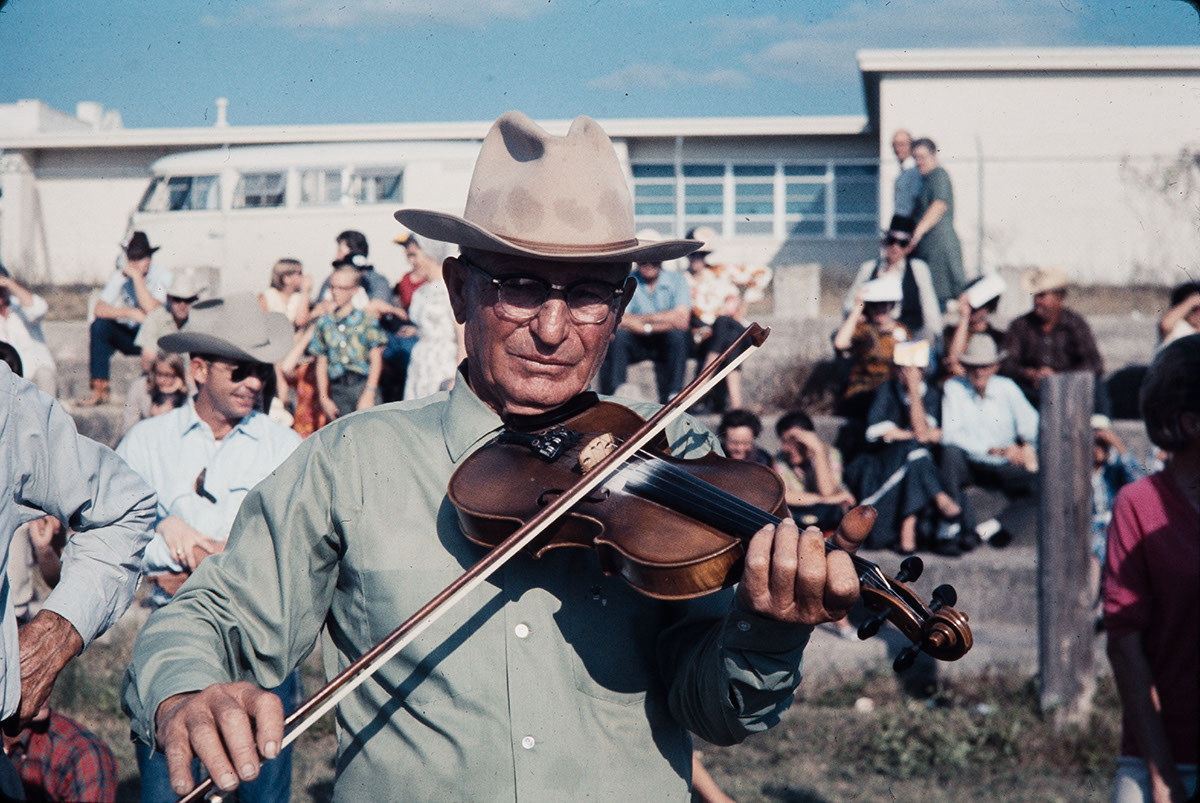
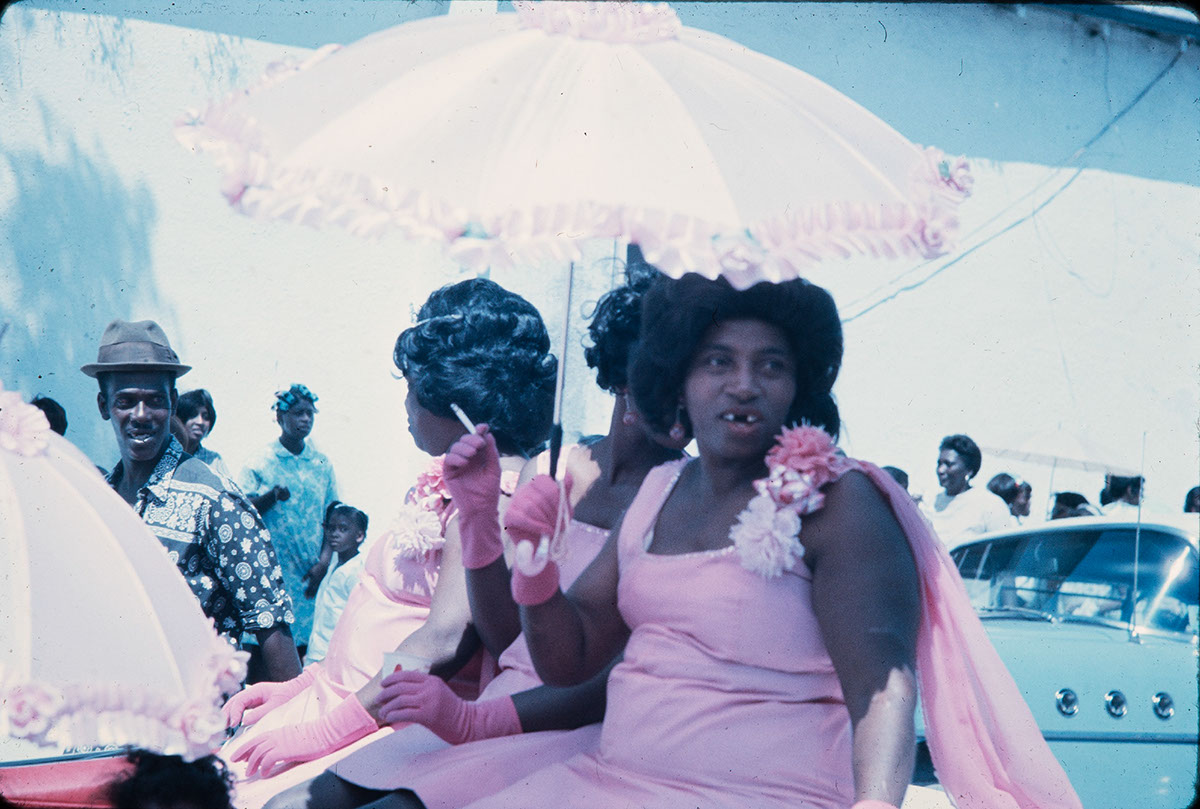
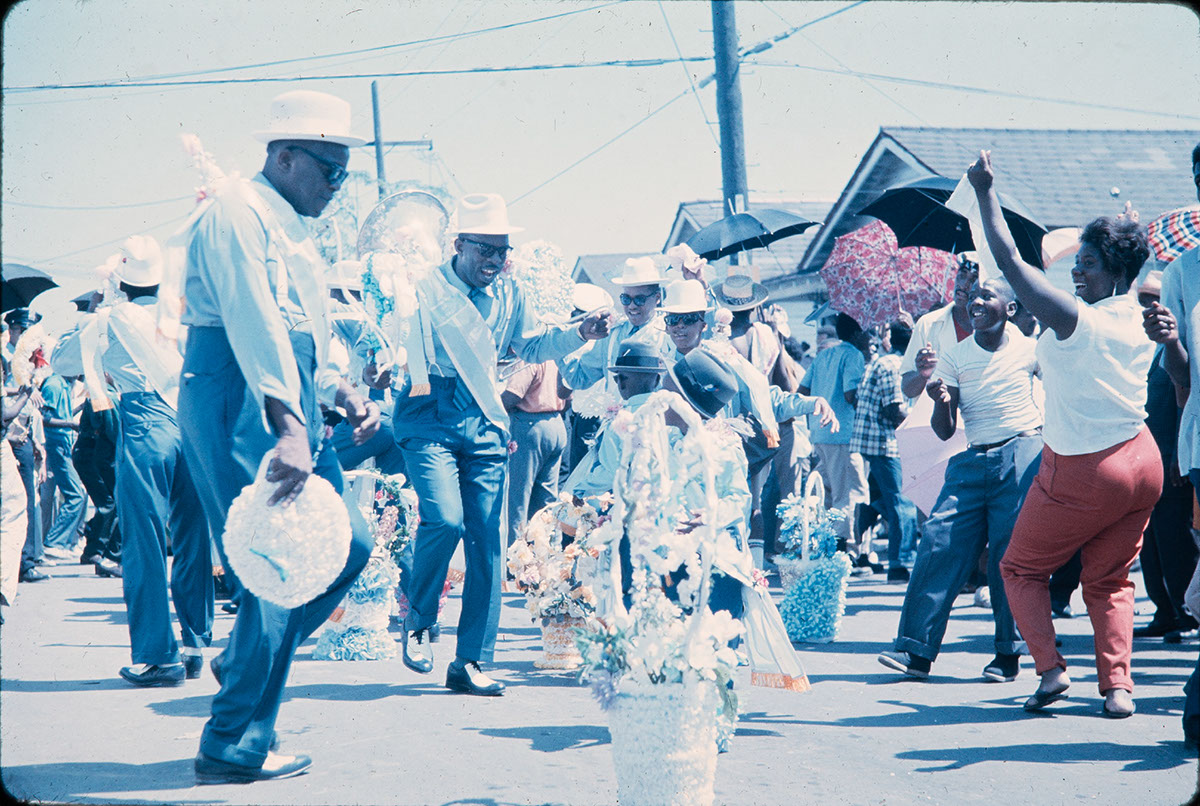
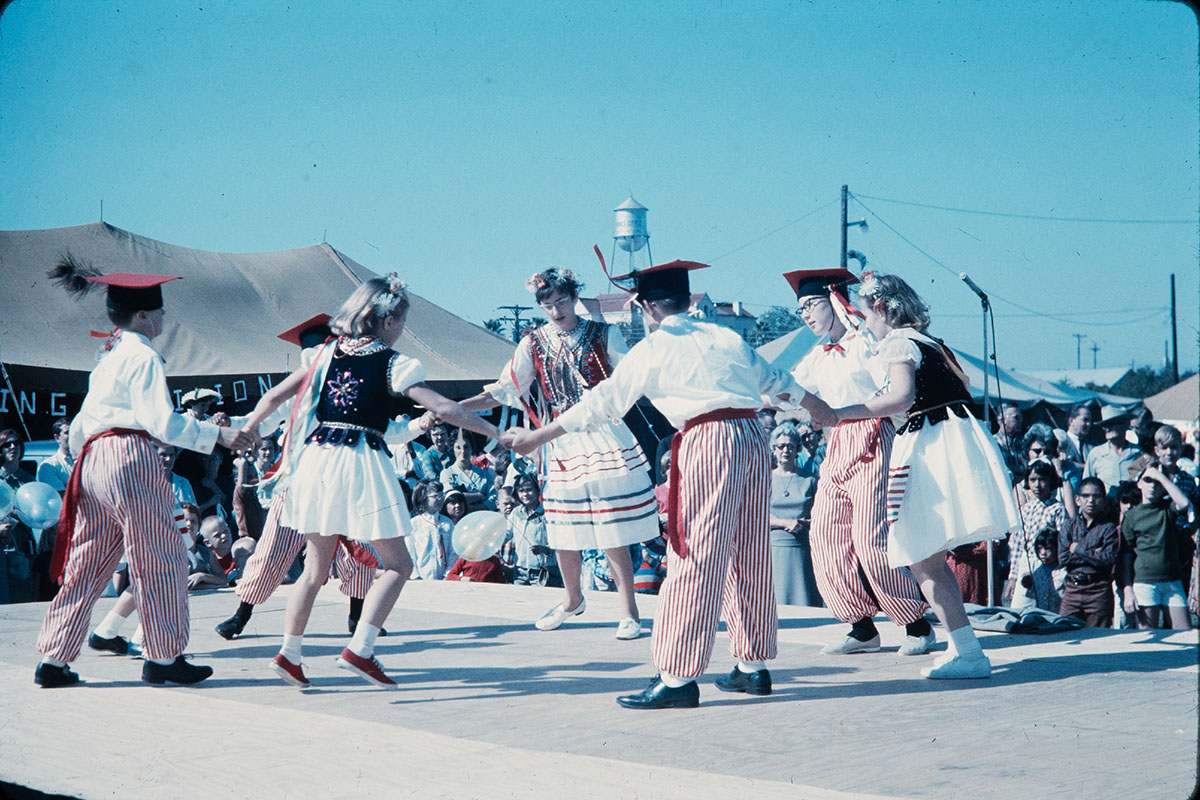


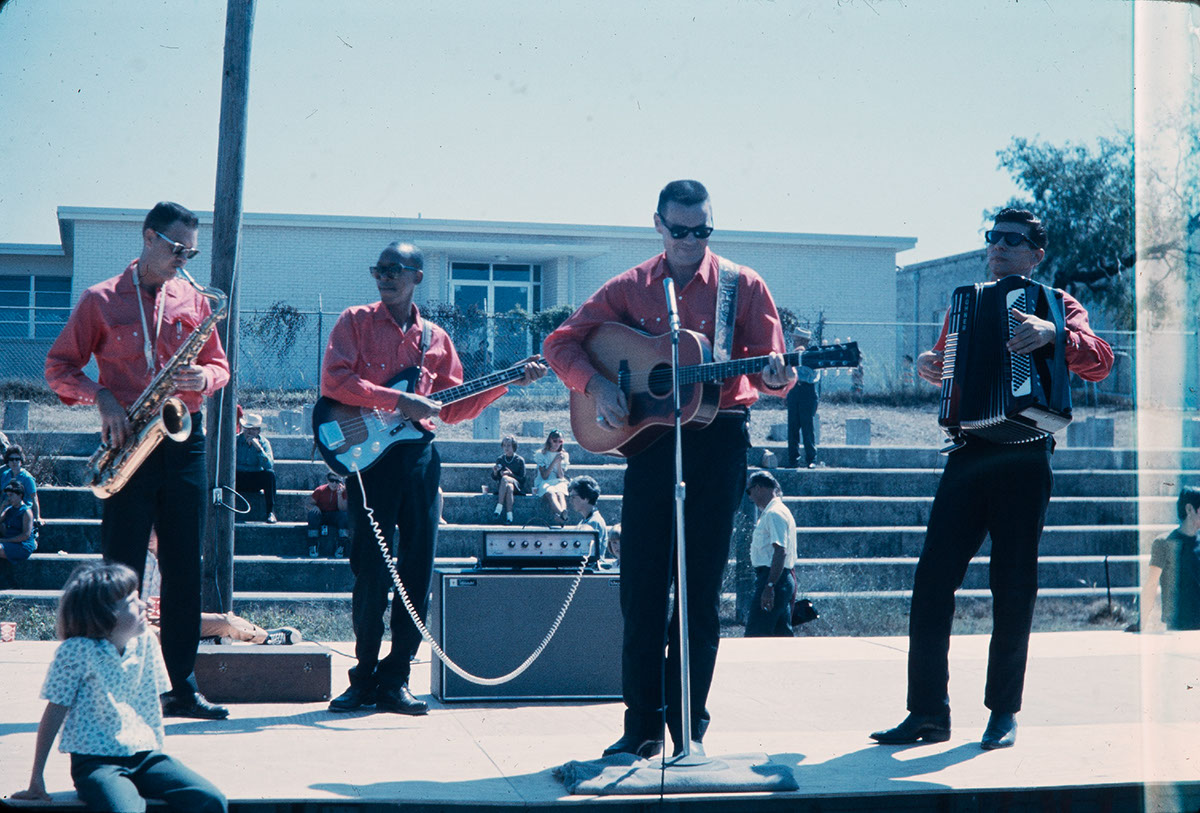
In 1966, Smithsonian Secretary S. Dillon Ripley engaged James R. Morris to serve as Director of Museum Services, soon to become a new Division of Performing Arts. Ripley charged Morris to develop a full program of performances on the National Mall - sound and light show, readings and concerts, films, live demonstrations, and special exhibitions. Morris, who had previously organized the American Folk Festival in Asheville, North Carolina, in 1963, proposed that the Smithsonian host a folk festival as the centerpiece of the outdoors activities. Through the Asheville festival, Morris had come into contact with key people involved in the Newport Folk Festival, among them Alan Lomax. It was Lomax who suggested that the Smithsonian hire Newport's then-director of field programs, Ralph C. Rinzler, to help plan a Smithsonian festival. The term "folklife", drawn from Scandinavian usage, was chosen over "folk" as the name of the new Festival.
The first Festival of American Folklife was held July 1-4, 1967 in two tents - one for crafts and one for sales - a music stage, and a performance area on the terrace of the Museum of History and Technology (later, the National Museum of American History). Fifty-eight traditional craftspeople and thirty-two musical and dance groups from throughout the United States demonstrated and performed at the first open-air event. Mountain banjo-pickers and ballad singers, Chinese lion dancers, Indian sand painters, basket and rug weavers, New Orleans jazz bands and a Bohemian hammer dulcimer band from east Texas combined with the host of participants from many rural and urban areas of the U.S. The entire event was free to the public, the expense of the production having been borne by the Smithsonian aided by numerous civic and cultural organizations, business enterprises and State Arts Councils.
The 1967 Festival drew a huge crowd - estimated at more than 400,000 - and strong interest from the press, Members of Congress, and Smithsonian leadership. In the Smithsonian's annual report for 1967, Ripley reflected on the success of the Festival:
Within - in the Museum - the tools, the products of craft work, the musical instruments hang suspended in cases, caught in beautifully petrified isolation. Without, for the space of a few hours they came alive in the hands of specialists from all over America.... It was a moving spectacle and one that underscored the principle that a museum, to be a museum in the best sense of the word, must live and breathe both within and without.
The 1967 Festival marked the inception of a fresh attempt at the evaluation, documentation and celebration of a hitherto unrecognized area of vigorous American expression. Concurrent with the first Festival, an American Folklife Conference was organized (with assistance from Henry Glassie) to address topics of American and international folklife studies, the relationship between folklife and history, applied folklife, and folklife in schools, museums, communities, and government agencies.
The Festival was organized by the Division of Performing Arts, under the direction of James R. Morris. Ralph Rinzler was the Applied Folklore Consultant and Festival Artistic Director, and Marian A. Hope was Project Assistant. No program book or schedule was published, but news articles, congressional remarks, letters from the public, and a list of participants were later compiled in lieu of a program book.

